Trout are temperamental fish that are known to be picky when they’re targeted. One day, a certain fly or lure could work, and the next, they have no interest. As a result, anglers are often forced to experiment with new methods and test their fishing limits.
Boost your trout fishing success with these tips for beginners: consider feeding times, water temperature, and match the hatch. Master trout behavior, gear selection, and water reading for better results. Simple things can land many more fish being caught. With patience, trout can be understood.
The following list of trout tips for beginners should set you up to be extremely successful and create a strong trout fishing skill set.
Trout Fishing Tips
Following these tips will give you confidence that you can land trout anywhere in the world.
1. Match the Hatch
One of the best things an angler can do is fish with flies or lures that trout are eating. For example, if they are eager to eat minnows, use a Clouser Minnow or a Panther Martin.
If you’re wondering what insects they eat, flip over rocks or logs near shore, and you should see the insects growing and hatching.
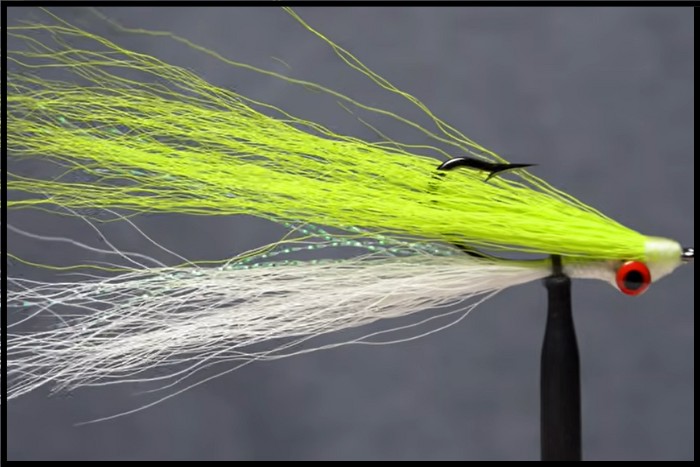
2. When in Doubt, Go Smaller
While throwing a size 4 streamer is tempting, if it’s not working, go smaller.
Large flies and lures can spook trout that aren’t as eager to feed, so it’s best to fish a smaller-sized fly or lure until you find one that the trout want.
3. Be Subtle
Trout are easily spooked. The less noise you make approaching the water, the fewer shadows you put on the water, and the less noise you make while fishing will lead to more fish.
4. Match Current Speed
Whether fishing with flies or lures, do your best to match the current speed unless you use a baitfish-style lure.
If it’s an insect representation, mend and adjust your line to allow the fly or lure to naturally work downstream.
5. Don’t Get Stuck in One Place
Yes, trout do wait for an extremely accurate representation before they bite. However, don’t get stuck fishing one pool or piece of structure.
If you’ve tried a variety of lures/flies and varied your approach, then feel free to move on to a different place.
6. Work Your Way Upstream
When you first reach a river or stream, walk downstream as far as you would like to fish. Once here, work your way back upstream.
Fishing upstream allows you to cover as much water as possible and give the fish many different presentations.
7. Look for Rises
A rise is when a trout feeds on the surface. Whenever you start to see fish feeding on the surface, it’s time to throw a dry fly or topwater lure.
This usually only happens a couple of times a day while insects are hatching.
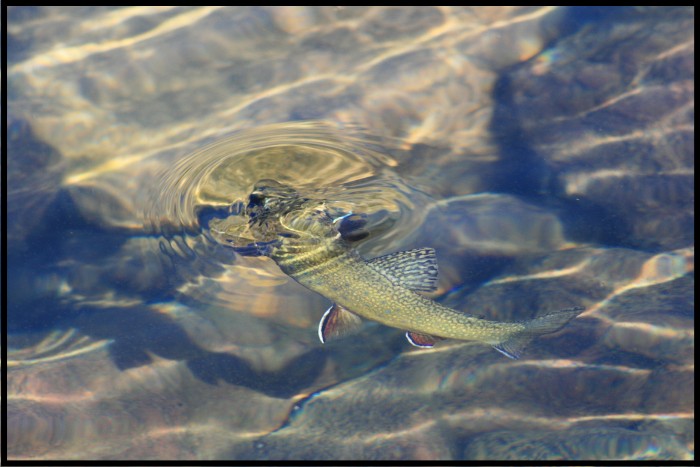
8. Let Your Bait Lead the Way
Your fly or lure should be the first thing they see. This will spook them if they see your fly line or leader first. Make sure you’re mending and adjusting your line to ensure the fly is first in front of the fish.
9. Vary Your Retrieve
If you’re throwing streamers or lures, don’t use the same retrieval method repeatedly. Vary it to go from fast to slow to fast or long to short or any other retrieval style.
Once you find the pattern that the fish want, you’re in for a successful day.
10. Cast Upstream
When making your casts, ensure your bait lands upstream of where you want it to go. Casting upstream of your desired area gives your lure/fly enough time to naturally fall into place.
Trout Behavior and Feeding Tips
Trout have certain behaviors that are standard no matter where in the world you’re targeting them.
Certain behaviors may change, but their desire for cover, structure, and easy food access remains unchanged.
1. Trout Want Cover and Structure
Trout need a place to hide while they’re looking to feed. It can be anything from large boulders to fallen logs to cut banks. Look for any cover, giving yourself a better chance of finding fish.
2. Trout Feed During the Hatches
In the mornings and evenings, insects are hatching. Expect trout to start breaking the surface when you see large swarms of insects above the water. Once they do, be ready because fishing is going to get hot.
3. Trout are Territorial
Large trout want to stay in their specific holes and feeding areas. They’ll do everything possible to keep smaller fish and any predators out of their territory.
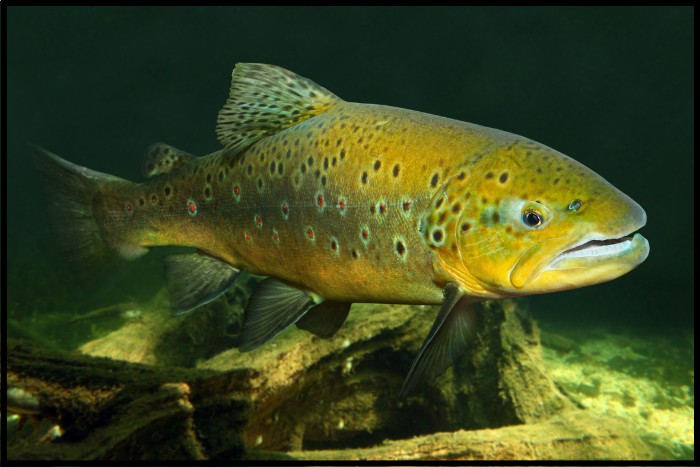
4. Most Feeding Is Done Below the Surface
While trout feed on the surface, nearly 90 percent of their feeding is done below the surface. Don’t get stuck only throwing topwater lures and flies.
Start with subsurface baits and move to dries once you start seeing rises. Find some more ideas in my article on the best trout fishing baits.
Gear Tips
Trout fishing gear changes depending on where and how you are fishing. Regardless, the following tips will help you start finding the right gear.
Do check out my article on the best trout fishing setup for beginners to get this part right.
1. Use Fluorocarbon
Fluorocarbon does not reflect sunlight and is essentially see-through in the water. Since trout are spooky fish, fluorocarbon gives you the best chance of keeping yourself hidden and your bait the primary focus.
2. Have the Same Lure/Fly in Different Sizes
You may have chosen the proper lure or fly correctly, but you could use one too large or small. Being prepared with numerous sizes of the same lure/fly allows you to truly test them.
3. Moderate Fast Action Rods are the Most Versatile
Moderate fast-action rods allow you to fish large lakes, rivers, and smaller streams.
I have some reliable recommendations in my article on the best trout fishing rods.
4. Use the Rod that Best Suits the Fishing Conditions
If fishing in a large lake or river, ensure your rod is long and powerful enough. Fly anglers would use a 5-weight or 6-weight 9’ fast action rod, and spin anglers would use a medium-light rod.
Smaller bodies of water require anywhere from a 3-weight to a 5-weight 8’ or 9’ fly rod and a light 6’ spin rod.
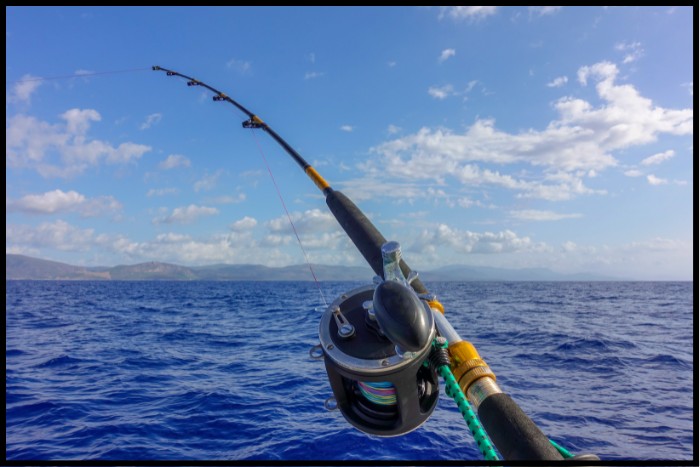
Reading Water Tips
Reading water properly is essential to landing trout. Without these skills, you’ll fail to make accurate presentations.
1. Look for Slack Water
Trout do not want to sit in a fast-moving current all the time. They want slack water-like pools and pockets to sit in a while waiting for food. Fish areas that go from fast water into more slack water.
2. Find Seams
Seams are areas throughout rivers and streams where the pace of the current changes. Whether it’s an object forcing it to do it or just the natural layout, these are good areas for fish to hold.
3. Fish Eddies
Eddies are either bends in the river or parts of the river where it widens and the current slows. Both are perfect places to find fish that are holding.
4. Look for Smaller Creeks Flowing In
Whether fishing in a river or a lake, an inflow of a creek is a great place to fish, these inflows mean different food and more oxygenated water.
5. Find Drop-Offs
Drop-offs are great places to find trout. They sit near these in some structure or cover and wait for food to appear.
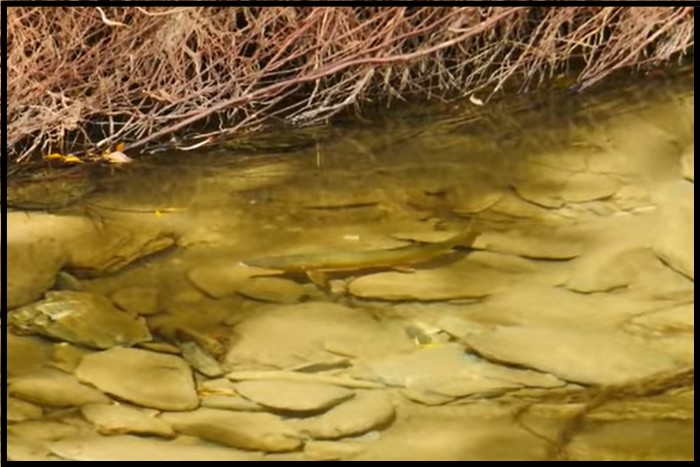
Conclusion
Trout provide anglers with a lifetime of challenges. Due to their finicky habits, they’re a challenge to predict and understand.
Whether you’re fly fishing or spin fishing, remember that trout want to feel protected and be in a place where they can easily access food.
From here, choose the proper sized gear and do your best to read the water and accurately present your lure or fly.
